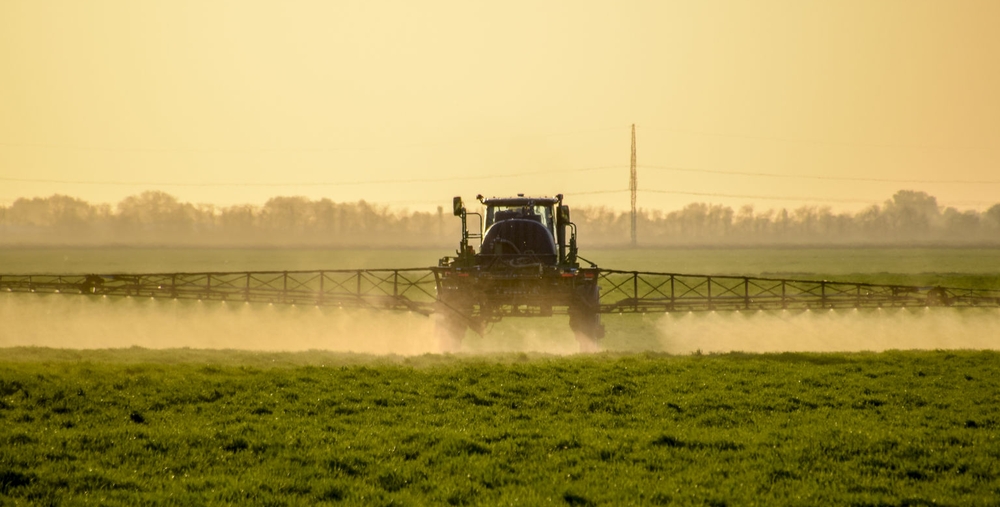Brazilian Biopesticides market grew 28% in the last two years

The biological pesticides market continues to grow in Brazil, with numbers considered “encouraging” by the companies.
According to a study by IHIS Markit/CropLife Brazil, in the last two years until 2020, this segment grew 28%.
In Brazilian currency, the market soared at a compound annual growth rate (CAGR) of 45% per year, to R$1,033 million (1 Brazilian Real = US$0,18 at the current rate), with the Real falling sharply against the Dollar.
The total market number was extrapolated from CropLife Brasil’s findings that soy, sugarcane, cotton and coffee represented 73% of the 2020 Brazilian market for organic products. It found that the market for these crops had risen 47% annualized, to R$754 million. The study authors extrapolated the difference (27%) to make up the total market value in this analysis.
The area treated in 2020 totaled 10.2 million hectares (ha). Microbiologicals represented 71% of the area of application of biological products in the four surveyed crops and macrobiologicals, such as natural predators and parasitoids, about 29%. In terms of market value, the split was 81% and 19%, respectively.
Among the crops surveyed in 2020, biopesticides accounted for 45% of sales, with R$342 million, bionematicides for 42%, with R$318 million, and biofungicides for 13%, or R$94 million ($18 million).
By treated area, insecticides occupied 61% or 6.3 million ha, nematicides about 28% with 2.8 million ha and fungicides about 11% with 1.1 million ha. Numbers included macro and microbiological products.
Commercial products represented 78% or R$754 million of the total market, while on-farm products – manufactured in rural properties – represented 22% or R$218 million. Agricultural products represented 23% (3.6 million ha) of the total 13.3 million ha, in terms of treated area.
The primary substance or active ingredient in 2020 was Metarhizium anisopliae, with sales of around R$129 million, with a total market value estimated at R$972 million. Of this total, around R$29 million were in agricultural products.
Others with sales above R$70 million included Trichogramma spp, with sales of R$110 million, including R$25 million on farm. Then came a mixture of Bacillus subtilis + B licheniformis for R$105 million, Cotesia flavipes for R$89 million, B subtilis for R$81 million, Beauveria bassiana for R$78 million, and Trichoderma harzianum with sales of R$70 million. The latter was entirely off the farm. The remainder of the top were Bacillus amyloliquefaciens, T asperellum and B thuringiensis.
Study authors, IHIS Markit/CropLife Brasil project “great room for growth” even among users of biological products. Most farmers used only one organic product in 2020, being the largest diversity among sugarcane producers with an average of 1.7 products. In addition, most used the same biological product in 2020 and 2019.
The study involved visits to 1,517 farms, of which 868 applied biological products. The survey includes both registered and unregistered (illegal) products from the Ministry of Agriculture. The study did not include semiochemicals, plant extracts and baits.
Read also
Wheat in Southern Brazil Impacted by Dry Weather and Frosts
Oilseed Industry. Leaders and Strategies in the Times of a Great Change
Black Sea & Danube Region: Oilseed and Vegoil Markets Within Ongoing Transfor...
Serbia. The drought will cause extremely high losses for farmers this year
2023/24 Safrinha Corn in Brazil 91% Harvested
Write to us
Our manager will contact you soon



